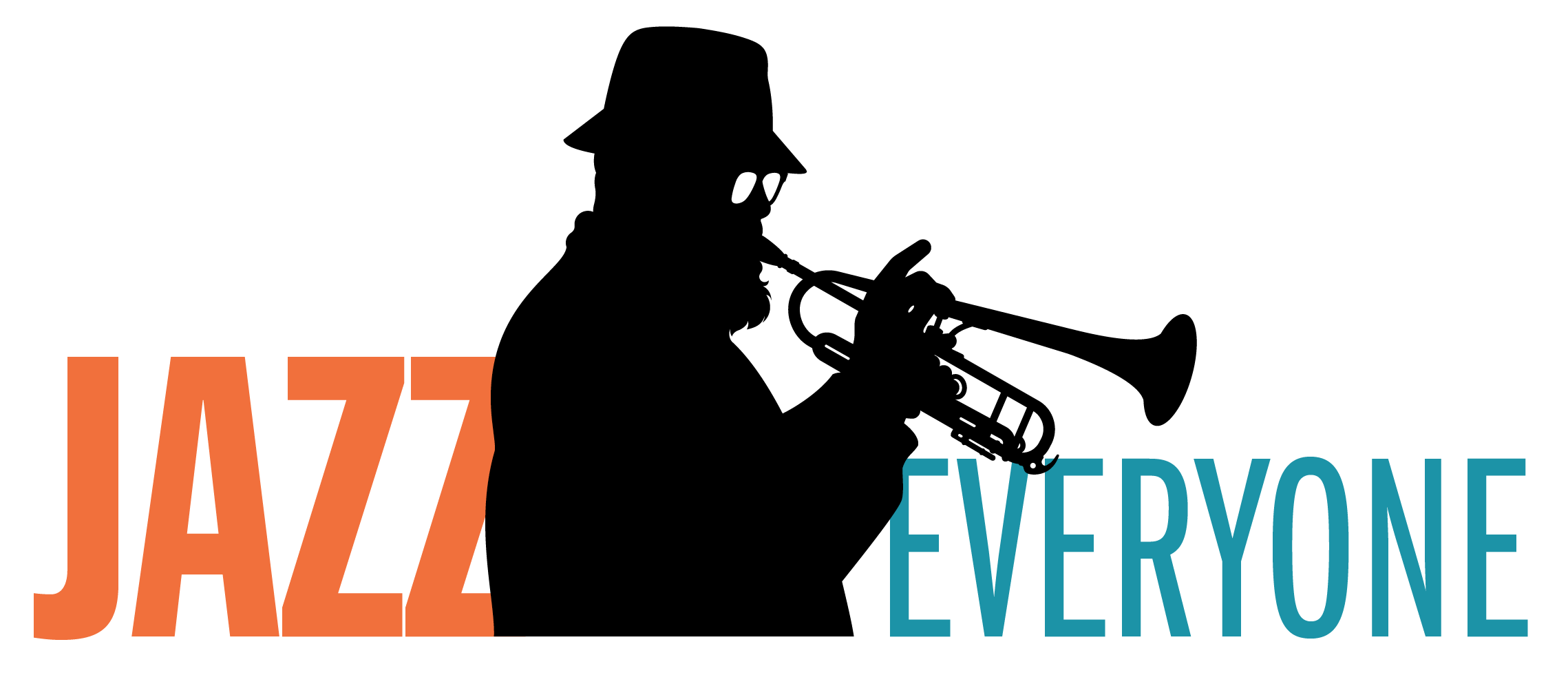Diatonic & Non-Diatonic
Diatonic, literally meaning "[progressing] through tones" in ancient Greek, is used commonly to refer to notes or chords that are part of, or native to a key center. Any notes that exist in a C Major scale are diatonic to C Major. Therefore any chords built using pitches of the C Major scale (CMaj7, Dmin7, Emi7, FMaj7, G7, Amin7, B7b5) are also diatonic to C Major.
Non-Diatonic refers to any notes or chords that are not native to the key. Most songs of any complexity will have chords that are non-diatonic. A chord can be non-diatonic by structure or by context. If you are playing in C Major and you see a D7 (spelled D-F#-A-C) then it would be non-diatonic by context, since the D7 is native to the key of G Major. However, if it were a Ddim7 (spelled D-F-Ab-B) it would be non-diatonic by structure, since the fully-diminished chord is not found in any key.
Diatonic Chord Progressions
Chord progressions, like notes and chords, can be diatonic or non-diatonic. Although strictly diatonic chord progressions can be found commonly in Pop music, they are harmonically restrictive. Chord progressions in Jazz tend to be non-diatonic, since they contain chords outside the key.
Diatonic Chord Progression in C Major:
Click Below to Watch a Video of the Examples Above:
Relative Major and Minor
To better understand how chords function diatonically, it is important to know about the relative relationship shared between major and minor keys. For every Major key there is a minor key that shares the same key signature.
For example, in "C Major" there are no flats or sharps. In "A minor", there are also no flats or sharps. They share the same key. C Major is therefore the relative major of A minor and A minor is the relative minor of C Major.
Because of this relationship, many songs that are in Major keys often have a bridge (middle section) that is in the relative minor key. The reverse holds true for many songs in minor keys.
Non-Diatonic Chord Progressions
Secondary Dominants
In C Major the V7 chord (G7) resolves to the I chord (C). This relationship of V7 to I is one of the strongest musical forces in music. The V7 wants to resolve either a 4th up or a fifth down to the I chord. In Jazz, secondary dominants (which are non-diatonic by context) are used frequently to add color to otherwise purely-diatonic chord progressions. Take for example, the progression above. We can literally add in a V7 chord before each one of the diatonic chords in the progression. However, these V7's are not diatonic to C Major (like the G7 chord), but are taken from the root of each particular chord they precede. By building a V7 on the fifth of any non-root chord, you can create a secondary Dominant chord. See below:
Click Below to Watch a Video of the Examples Above:
Sub V/Tri-Tone Substitution
As we know, the V7 chord has a strong gravitation to the I chord. As discussed in V7 to I, the tri-tone interval plays a crucial role in that gravitation. The Sub V, commonly referred to as a tri-tone substitution, is a chord that is substituted in place of the V7 but retains the same function (going to I).
In a traditional ii-V7-I, the V7 chord is built on the 5th of the tonic:

In the tri-tone substitution, the V7 chord (G7) is replaced by a V7 chord a tri-tone away from it (Db7). The beauty of this is that the Db7 contains the same tri-tone interval in the G7 chord- the B (Cb) & F. This way, it maintains its integrity as a dominant chord and serves as the V7 chords alter ego, if you will. However, the root and 5th (G and D in this case) are replaced (by Db and Ab), creating an even more chromatic approach to the I chord. This creates a smoother transition that found its home in BeBop.

Click Below to Watch a Video of the Examples Above:
Circle of 5ths
As we know from Secondary Dominants, every chord has its own V7 chord. But, what if the I chord is also a V7 chord? This is referred to as a V7 of V7. Going further, what if the I of that chord is also a V7 chord? Well, then you start to get into a cycle, commonly referred to as the cycle of fifths or fourths. This cycle can be drawn as a circle, in which pitches cycle down a fifth going clockwise and down a fourth counter-clockwise. It is known as the circle of fifths or fourths. Uncle Willie talks about the circle of 5ths/4ths in the beginning of his Free Lesson. Note that in the Jazz Everyone Language System, Uncle Willie presents the Circle of 5ths/4ths with the direction reversed, so that 4ths go clockwise and 5ths go counter-clockwise. It is our opinion, that most people find it easier to relate to things moving in a clockwise direction. This is especially true, since the pentatonic pairs are developed through the tonal centers on the circle of 5ths/4ths.

The following is the Circle of 4ths/5ths as used by Uncle Willie:






